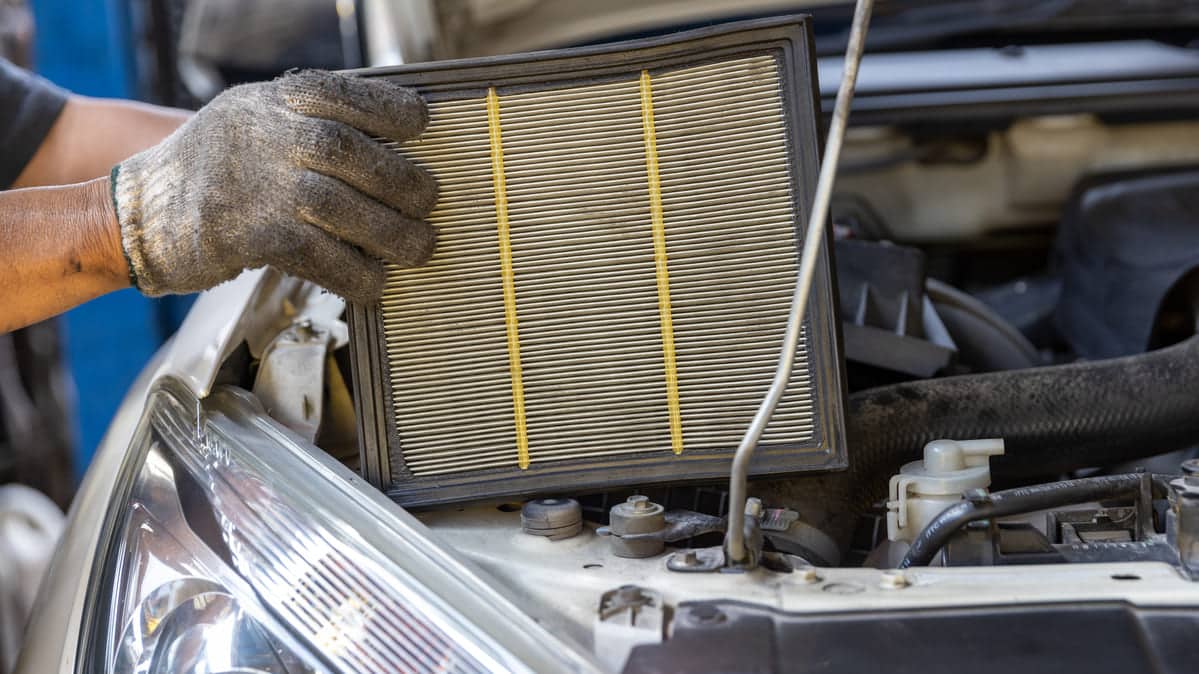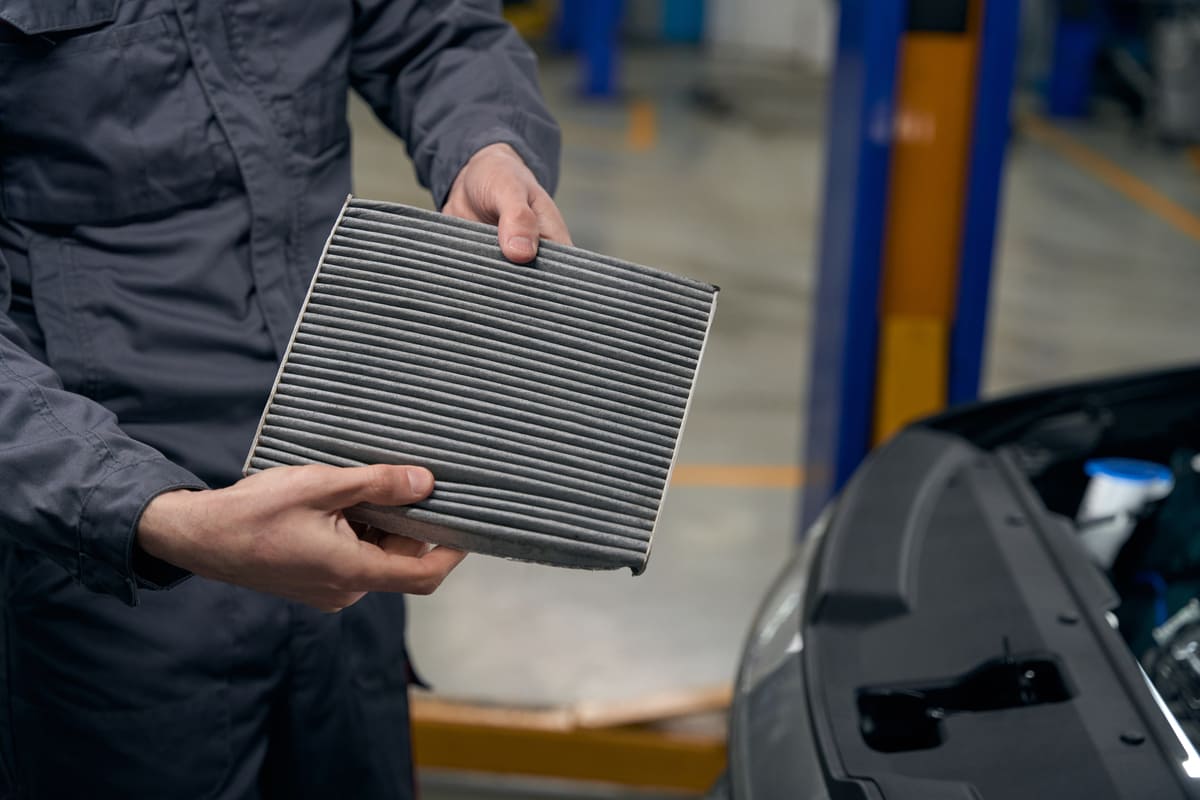Air filters are important for healthy environments by capturing airborne nasties. They come in different types, HEPA, activated carbon, and electrostatic, each designed to target specific nasties and improve air quality in homes, offices, and industrial spaces.
What is an Air Filter?
An air filter is a device that cleans the air. It removes dust, pollen and other small stuff. We use air filters in homes, cars and factories.
Air filters make the air safer to breathe. They trap the bad stuff. This keeps indoor air clean and fresh.
There are different types of air filters. Some are made of paper, some of cloth and some of metal. Each type catches different types of stuff.
Changing or cleaning air filters regularly is important. Dirty filters can’t clean the air well. This can make breathing harder and cause health issues.
References
- Air filter. Wikipedia. Retrieved from
- Internal combustion engine air filters. Wikipedia. Retrieved from
What are the Types of Air Filters?
Air filters come in many forms. Each form cleans the air in a different way.
- HEPA Filters: HEPA stands for High-Efficiency Particulate Air. These filters catch very small particles. Good for people with allergies.
- Activated Carbon Filters: These filters use carbon to remove odors and gases. Good for smoke and pet smells. The carbon absorbs nasty chemicals from the air.
- Electrostatic Filters: These filters use electricity to catch particles. The particles stick to charged plates. You can wash these filters and reuse them.
- Fibreglass Filters: Fibreglass filters are thin and cheap. They catch big particles like dust. These filters protect air conditioners.
- Paper Filters: Paper filters are common and cheap. They stop big particles like dust and dirt from getting into the . This protects the engine and makes it run better.
- Foam Filters: Foam filters catch dirt and can be washed and reused. Used in off-road vehicles where the air is very dusty.
- Cotton Gauze Filters: These filters use layers of cotton gauze to catch particles. They let more air through which can improve engine performance. You can also wash and reuse them.
- Pleated Filters: Pleated filters have many folds. This gives them more surface area to catch particles. They last longer and clean better than flat filters.
References
- Types of Air Filter Media. IQS Directory. Retrieved from

What Is the Function of Air Filters in Vehicles?
Air filters in vehicles keep the engine and cabin clean. They remove dirt and particles from the air.
- Engine Protection: Air filters stop dust and debris from getting into the engine. This makes the engine run smoother. Clean engines last longer and run better.
- Improved Fuel Efficiency: Clean air filters help the engine burn fuel efficiently. Saves gas and money. Dirty filters make the engine work harder and use more fuel.
- Better Performance: Air filters give the engine fresh air. This improves engine performance. Cars go faster and drive better with clean air filters.
- Cabin Air Quality: Cabin air filters clean the air inside the . They remove dust, pollen, and odours. This makes the air healthier for passengers to breathe.
- Reduced Emissions: Air filters help engines burn fuel cleaner. This reduces emissions from the car. Cleaner cars are better for the environment.
How Does the Automotive Air Filter Work?
An automotive air filter cleans the air that goes into the engine. It protects the engine from harmful particles.
Step 1: Air Intake: The car sucks in the air through the intake. This air has dust and debris.
Step 2: Filtration: The air goes through the filter material. The filter catches dust, pollen and other particles. Clean air goes to the engine.
Step 3: Engine Combustion: Clean air mixes with fuel in the engine. This mixture burns to produce power. Clean air makes the engine run better.
Step 4: Air Flow: Filtered air flows smoothly to the engine. This continuous flow makes sure the engine gets enough air. Proper airflow improves engine performance.
Step 5: Maintenance: Wash or replace the air filter. A clean one works better. The dirty one blocks air and damages the engine.
References
- Air Filters. Go Digit. Retrieved from https://www.godigit.com/motor-insurance/automobile/air-filters


